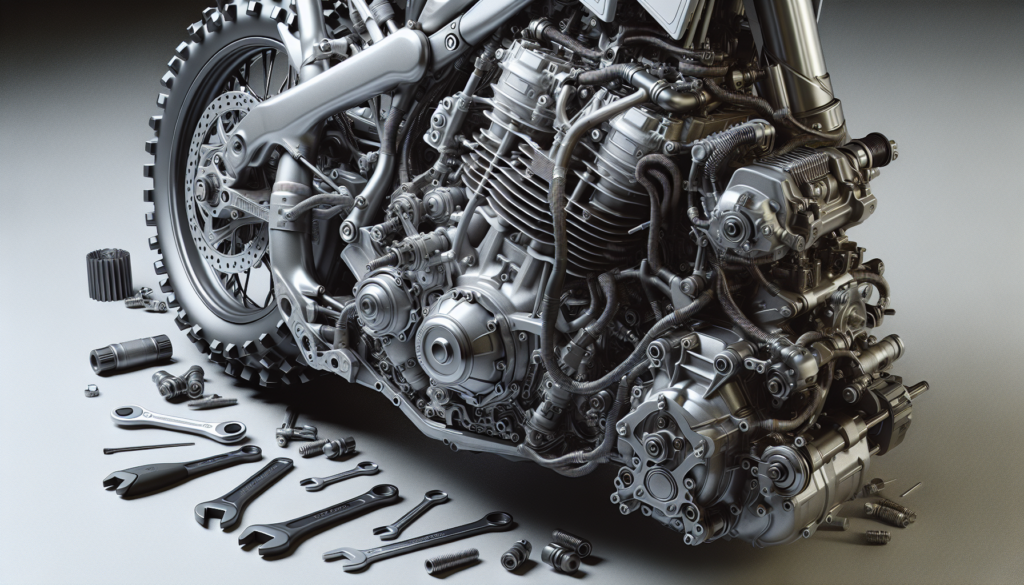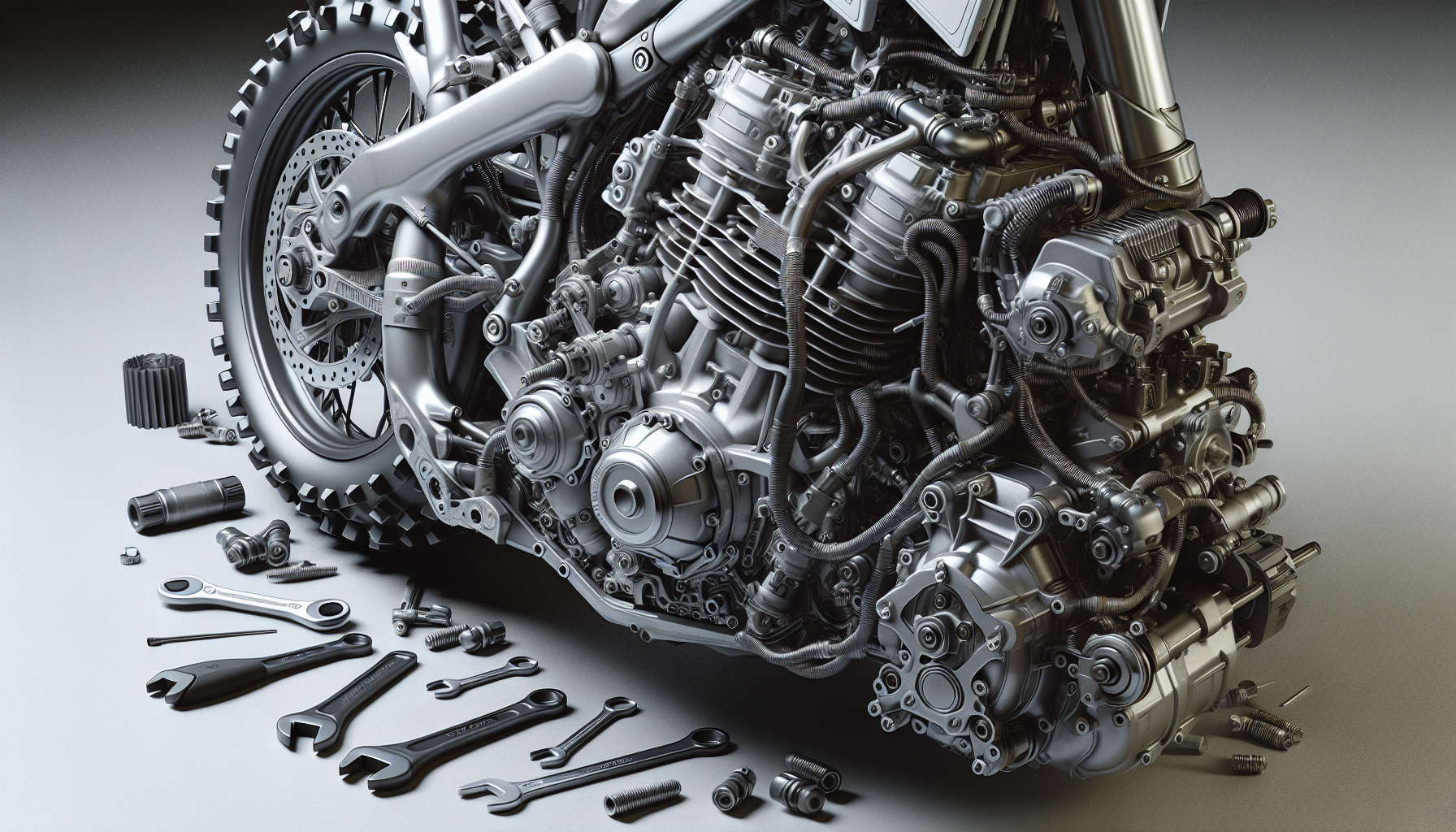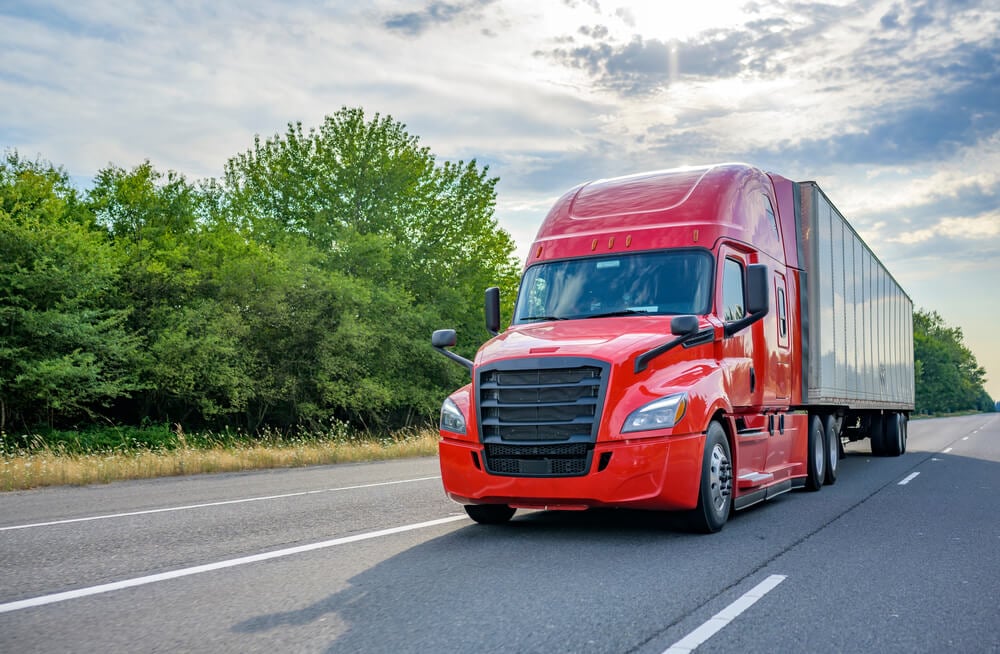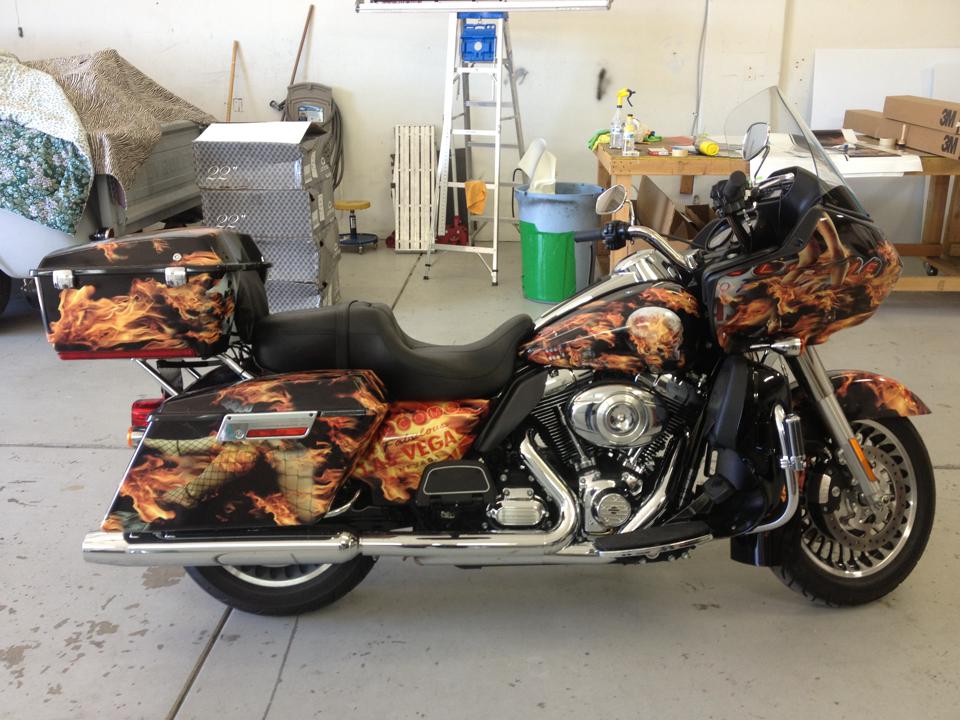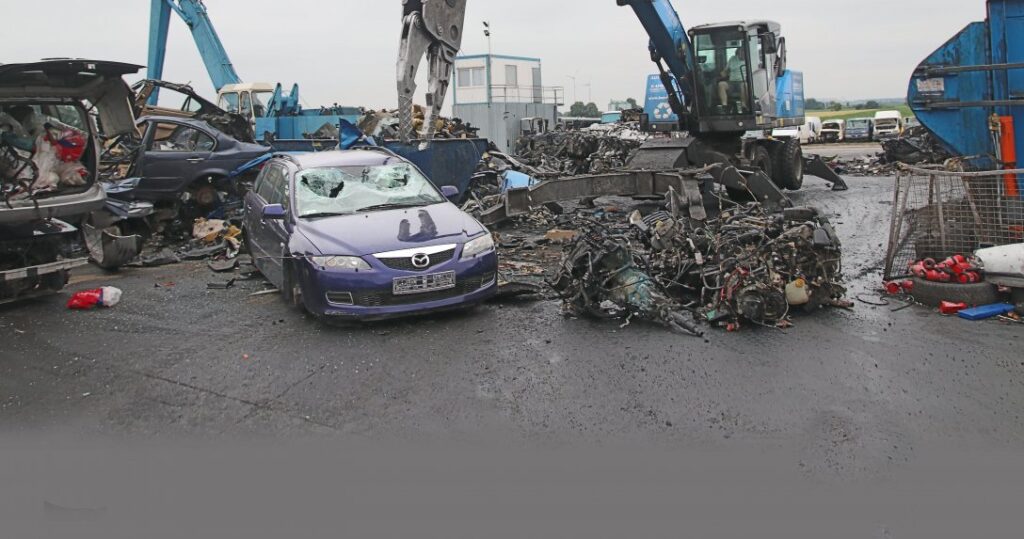When it comes to dirt bike riding, encountering dirt bike issues is just part of the adventure, and having a dirt bike troubleshooting guide can be a lifesaver. From engine trouble to electrical problems and everything in between, knowing how to troubleshoot and fix these common issues is essential for any avid dirt bike rider.
One of the most common issues dirt bike riders face is starting problems.
If you’re having trouble starting your dirt bike, there are a few things you can check.
First, make sure that the fuel tank is full and that the fuel valve is open. Check the spark plug to ensure that it is clean and functioning properly.
If these steps don’t solve the problem, it may be time to consult a professional for further assistance.
Click here to learn more about: dirtbikevault.com
Common Issues Faced by Dirt Bike Owners
Dirt bike engine problems can cause a lot of frustration and can really ruin your riding plans, especially if you encounter dirt bike starting issues or dirt bike carburetor problems. If you’re having trouble starting your bike, experiencing poor performance, or hearing strange noises coming from the engine, it’s likely that there’s an underlying issue.
To keep your engine in the best possible shape and avoid these problems, it’s really important to do regular maintenance and checks.
This includes changing the oil, cleaning the air filter, and replacing the spark plug.
By doing these things, you can make sure that your engine is in optimal condition and prevent any issues from popping up. Keeping up with engine maintenance will ensure that you have a smooth and enjoyable riding experience, and you won’t have to deal with any of the headaches that come with engine problems.
Diagnosing Dirt Bike Problems
When it comes to diagnosing dirt bike problems, paying attention to the sounds your bike is making can provide valuable clues about potential dirt bike ignition problems. Unusual noises like rattling, grinding, or squeaking might indicate specific issues with the bike’s engine, suspension, or other components.
Another important factor to consider is the bike’s performance.
Are you experiencing a loss of power or difficulties starting the bike? These symptoms could point to problems with the fuel system, ignition system, or even the engine itself.
Visually inspecting the bike for leaks, loose bolts, or damaged parts is crucial. Regular maintenance and a thorough understanding of your bike’s history can also help identify potential issues related to the spark plug, battery, clutch, or transmission.
Facts Supporting Diagnosing Dirt Bike Problems
- Unusual noises like rattling, grinding, or squeaking can indicate specific issues with the bike’s engine, suspension, or other components.
- A loss of power or difficulties starting the bike may point to problems with the fuel system, ignition system, or even the engine itself.
- Visually inspecting the bike for leaks, loose bolts, or damaged parts is crucial in identifying potential issues.
- Regular maintenance and a thorough understanding of the bike’s history can help identify potential issues related to the spark plug, battery, clutch, or transmission.
Troubleshooting Tips for Bike Maintenance
When it comes to maintaining your bike, being able to troubleshoot common issues such as dirt bike suspension problems or dirt bike tire problems is crucial in keeping your ride smooth and hassle-free. Whether you’re dealing with flat tires, misaligned derailleurs, or brake problems, knowing how to identify and resolve these problems can save you time, money, and frustration.
In this section, we will discuss some helpful tips and techniques for troubleshooting various bike maintenance issues.
Whether you’re facing dirt bike suspension problems with your dirt bike, tire issues, chain malfunctions, brake complications, exhaust troubles, or even overheating, this section will provide you with the knowledge to effectively diagnose and fix these problems.
Solving Electrical Problems in Bikes
When it comes to solving electrical problems in bikes, it’s crucial to have the right knowledge and troubleshooting skills, especially when encountering dirt bike backfiring or stalling issues. One of the most common issues that riders face is a dead battery or a faulty charging system, which can result in a bike not starting or dim lights.
Another problem could be a faulty ignition switch or a bad spark plug, causing starting issues or misfiring.
It’s important to check these components for proper functioning.
Loose or corroded electrical connections can also cause problems, so inspecting the wiring and connections is essential. By having a basic understanding of bike components and systems, you can quickly resolve electrical issues and get back on the road.
Bike Electrical Problems
- A dead battery or faulty charging system is one of the most common issues faced by bike riders, resulting in starting problems or dim lights.
- A faulty ignition switch or a bad spark plug can cause starting issues or misfiring, affecting the overall performance of the bike.
- Loose or corroded electrical connections can also lead to problems, emphasizing the importance of inspecting wiring and connections for proper functioning.
- Having a basic understanding of bike components and systems is essential to quickly resolve electrical issues and ensure a smooth ride.
Overcoming Starting Issues with Your Bike
Dealing with starting issues, such as dirt bike misfiring or loss of power, can be frustrating for any dirt bike rider. Whether it’s the dirt bike sputtering, refusing to shift gears, or losing power, these problems can leave you feeling defeated.
But don’t lose hope! By understanding and addressing common starting issues, such as misfiring, loss of power, and electrical wiring issues, you can quickly get your bike back in action.
Let’s take a closer look at these issues and discover effective solutions to overcome them.
Understanding Carburetor Problems in Bikes
Dirt bike fuel system troubleshooting can uncover carburetor problems, which can be a major headache for riders, impacting both the bike’s performance and fuel efficiency. If you’re experiencing common starting issues or a loss of power, it may be a sign of a carburetor problem.
To get to the root cause, it’s crucial to understand the specifics of the fuel system.
Troubleshooting the fuel system of a dirt bike is key to resolving carburetor issues.
Every component, from clogged jets to faulty float valves, plays a vital role. By familiarizing yourself with fuel system troubleshooting, you can ensure smooth rides and optimal engine performance.
| Fuel System Troubleshooting | Carburetor Issues | Impact on Performance |
|---|---|---|
| Helps uncover problems | Sign of starting issues or power loss | Affects bike’s performance and fuel efficiency |
| Key to resolving carburetor problems | Specifics of the fuel system | Ensures smooth rides and optimal engine performance |
Troubleshooting Techniques for Engine Problems
Regular engine maintenance, such as cleaning and inspecting components, replacing worn-out parts, and ensuring proper lubrication, is essential for preventing dirt bike carburetor cleaning problems. It’s also important to follow the manufacturer’s recommended maintenance schedule and use high-quality fuel and oil.
Practicing safe riding techniques and avoiding extreme conditions can help minimize the risk of engine issues.
Remember, a well-maintained engine is a reliable engine, so investing time and effort into regular maintenance can save you from costly repairs and ensure the longevity of your dirt bike.
Resolving Transmission and Clutch Problems in Bikes
When it comes to resolving transmission and clutch problems in bikes, it’s important to be aware of the common signs that indicate an issue, such as dirt bike fork seal replacement or dirt bike shock rebuild. Difficulty shifting gears, a slipping clutch, or strange noises can all be red flags.
Early identification of these signs can help prevent further damage and costly repairs.
Regular maintenance of the bike’s transmission and clutch system is also crucial, such as checking and changing the transmission fluid, inspecting the clutch plates, and adjusting the clutch cable tension.
It’s highly recommended to consult a professional mechanic or technician who specializes in bike repairs for accurate diagnosis and fixing of transmission and clutch problems. Attempting to fix these issues without proper knowledge and experience can lead to further harm.
Transmission and Clutch Problems in Bikes
- Difficulty shifting gears is a common sign of transmission or clutch issues in bikes.
- A slipping clutch can indicate a problem with the bike’s transmission or clutch system.
- Strange noises during gear shifting can be a red flag for potential transmission or clutch problems.
- Regular maintenance of the bike’s transmission and clutch system, including checking and changing the transmission fluid, inspecting the clutch plates, and adjusting the clutch cable tension, is crucial to prevent further damage.
